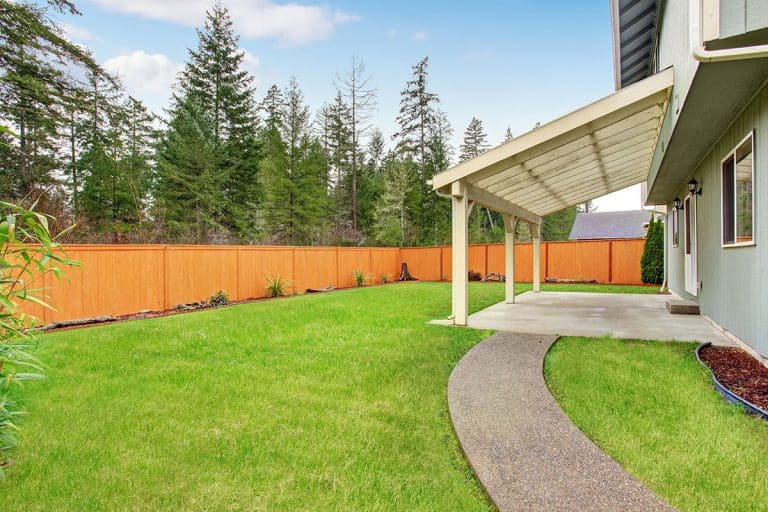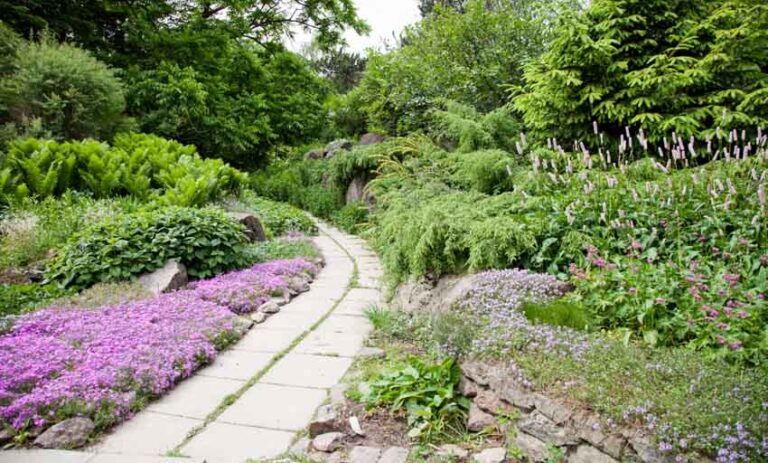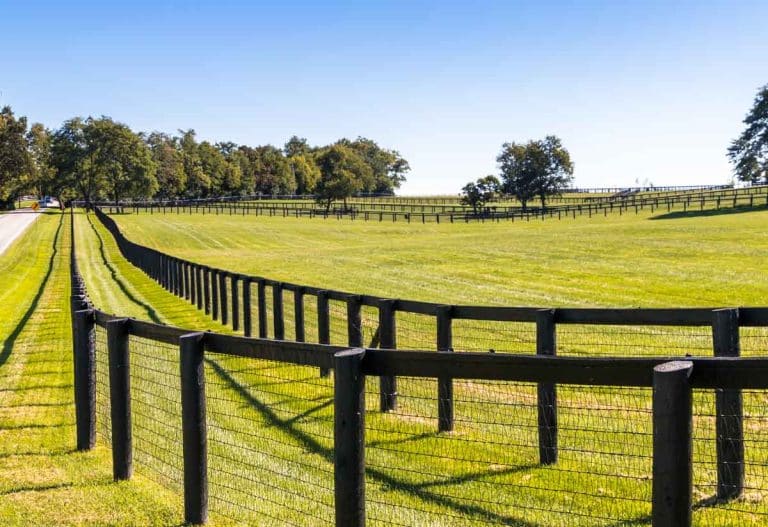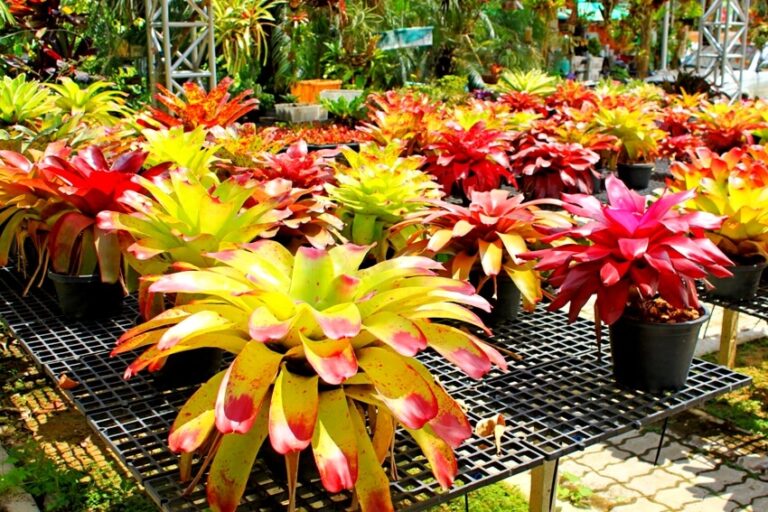Types of Compost (Best Gardening Options)
In this guide we share the best types of compost including different composting methods, manure types, and the best compost option for vegetable gardening.
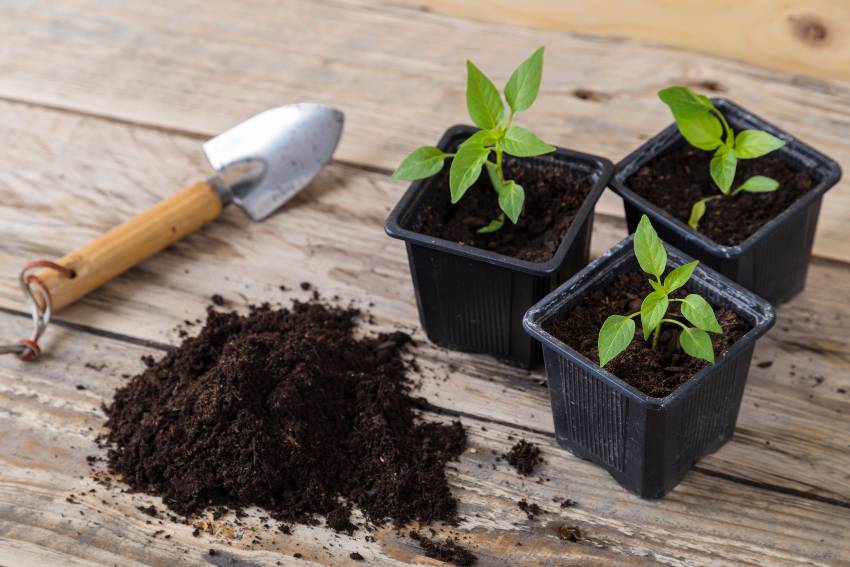 Compost is a wonderful source of fertilizer for a wide variety of growing applications. Whether it’s used in the garden, indoor plants, or trees, there’s always a type of compost that will be better than the others for certain situations. Composting is a great natural way to provide nutrients to plants without harming the environment.
Compost is a wonderful source of fertilizer for a wide variety of growing applications. Whether it’s used in the garden, indoor plants, or trees, there’s always a type of compost that will be better than the others for certain situations. Composting is a great natural way to provide nutrients to plants without harming the environment.
Composting has been a common practice since way back in 2350 BC. Since we first started using compost so very long ago, we’ve had ages to perfect the practice, which is part of why large-scale agriculture is so successful today. Let’s take a look at the different ways to compost and why they matter.[toc]
Four Common Types Of Compost
Today, we use quite a few different composting methods to successfully grow different things. Some types of compost are used for tree farming, while others are used for commercial farming and even hobby gardening.
 Waste Compost
Waste Compost
Waste compost is exactly what it sounds like: breaking down kitchen waste and other food scraps, lawn clippings, animal waste, and other biodegradable constituents into usable fertilizer material.
This is the most common type of composting for backyard gardening and small-scale farming. It also helps that waste composting doesn’t particularly need any care or maintenance, especially since waste compost is typically exposed to the elements.
Some waste composters will use a large bin, corral, or tub where waste can be collected into a pile, but others simply dig a hole in the ground where waste can be dumped and covered, breaking down the materials even faster. This is a great compost for gardening, fertilizer for indoor houseplants, and landscaping.
Green Manure
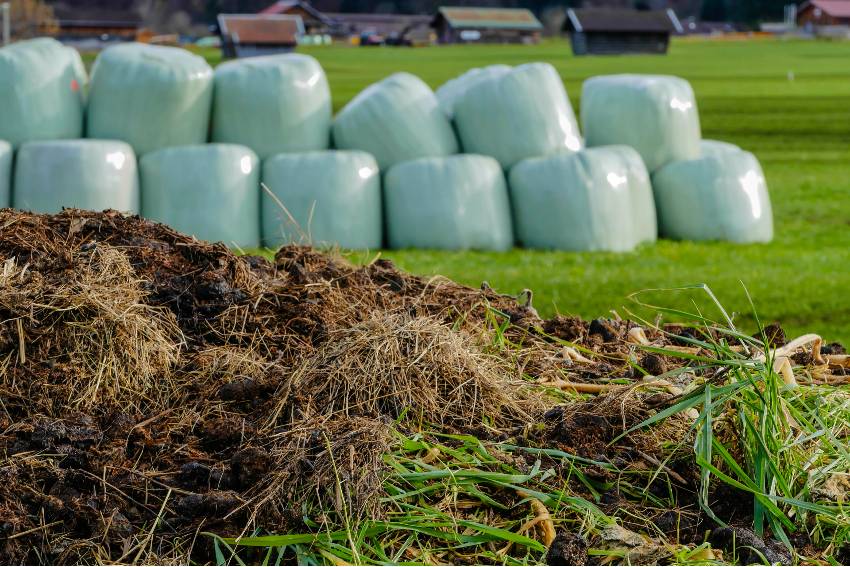
Green manure can also be made of other organic materials. Grass clippings and leaf litter are both commonly recycled for use in the garden, as they’re typically readily available in most US climates.
Using green manure is a great way to naturally fertilize or protect soil in the wintertime. This compost isn’t great for indoor plants, but it can be used in your garden!
Animal Manure

While it may not be ideal to use something as smelly as animal manure indoors, it does make a great fertilizer for wintertime and springtime mulching. Mix in some animal manure to encourage strong growth and flavorful fruits in gardening and orchard farming. Avoid applying manure compost in the summer, when it smells particularly unfavorable in the heat.
Vermicompost
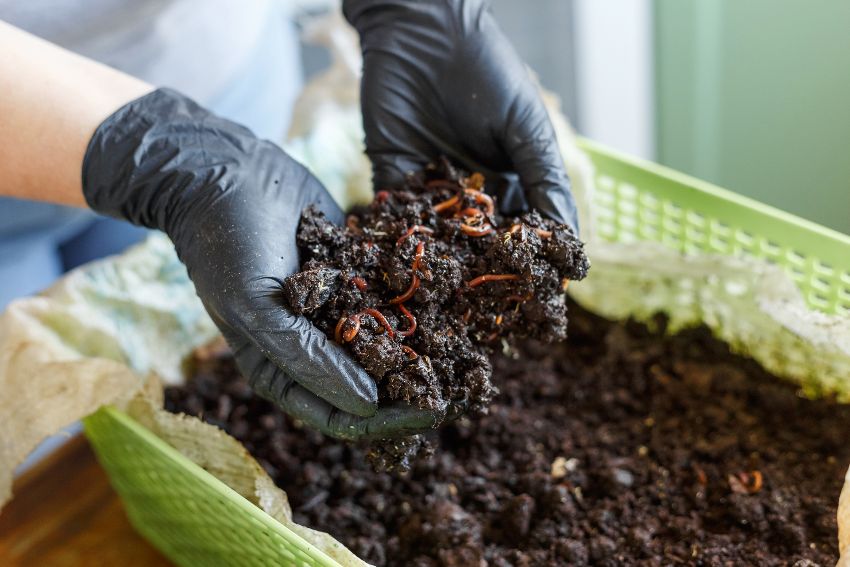
While the worms do their work, the vermicompost bin needs maintenance. A good pH balance, proper humidity, and raw paper materials are all required to keep a vermicompost colony happy. However, the hard work is well worth it: this fertilizer is the best form of super-potent plant food.
What Is The Best Type Of Compost?

It’s great for use in practically all gardening applications, but it might get a little difficult to find it in huge quantities for larger-scale gardening and farming. While vermicompost can be sourced commercially, it’s very expensive, so it’s best to try your own small vermicomposting setup at home for use in the garden and any indoor gardening you may do.
However, for larger projects like crop farming, animal manure is where it’s at. Not only is it widely available, but it’s also available in multiple forms.
Steer manure and chicken manure are the most common types, but bat guano is still used in some applications. Make sure that, whichever crop you’re growing, you choose the best type of animal manure for it.
Best Type Of Compost For Vegetable Gardening
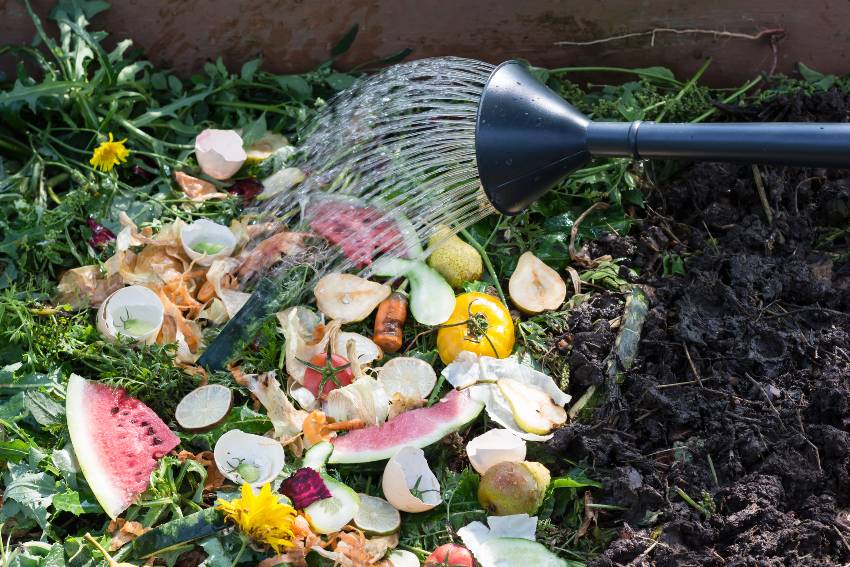
Waste compost is usually added in the spring months just before the growing season, after the ground has thawed. In warmer climates, it can be used anytime in the coming weeks before planting. Try to wait at least a week between adding compost and planting, so nutrients have the chance to spread a little more evenly throughout the soil.
While this is arguably the best source of nutrients for vegetables in a garden, you can also opt for green manure, which can help some vegetables like squash and legumes grow more fruitfully. Tomatoes also love green manure, as its acidity can help them build more enzymes that transpose into richer flavors.
Visit our guide to different types of composting with some gardening methods and tips.

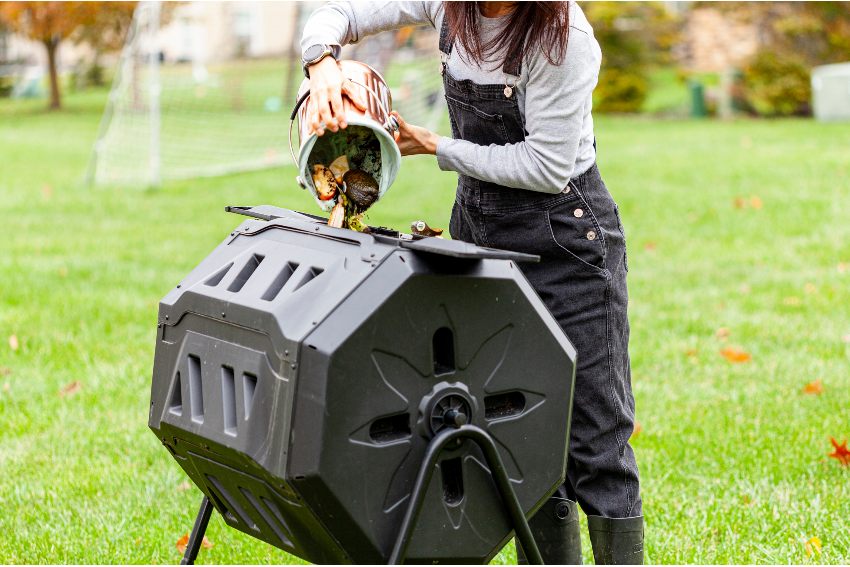 Waste Compost
Waste Compost
